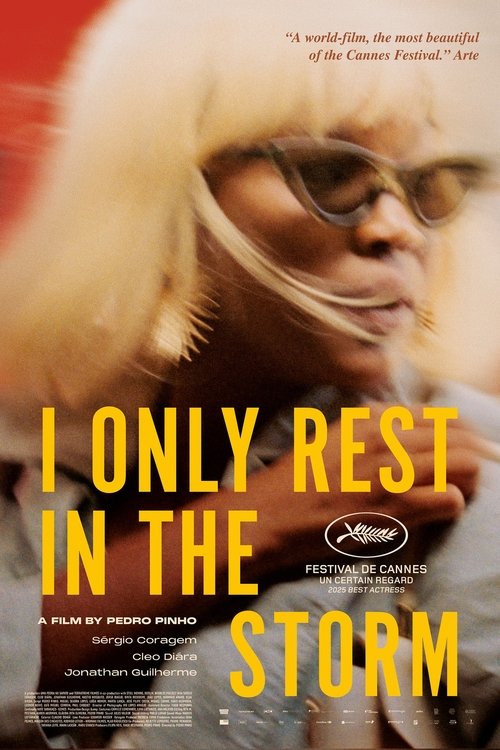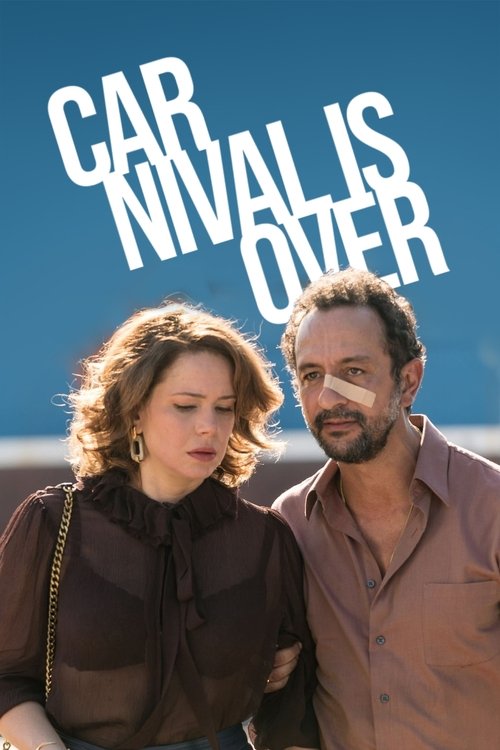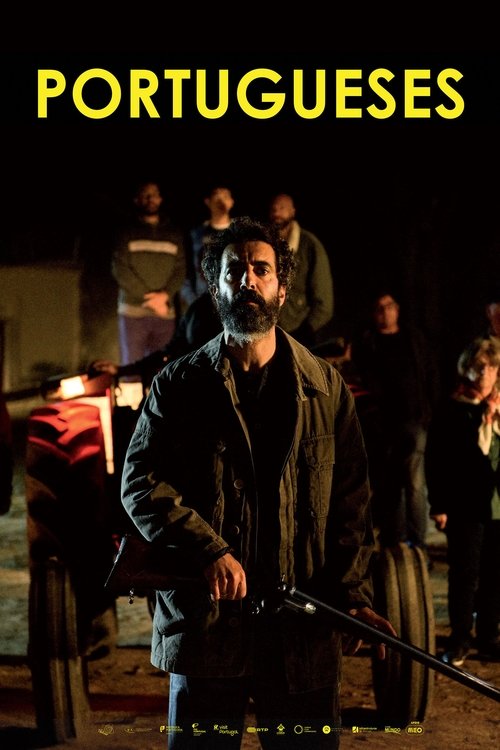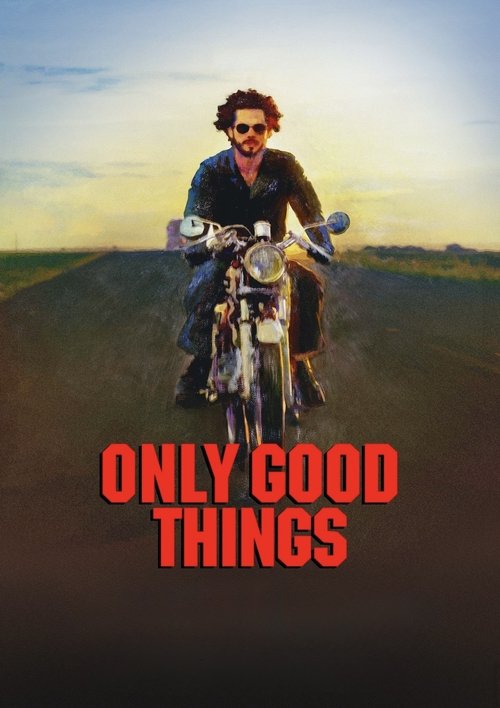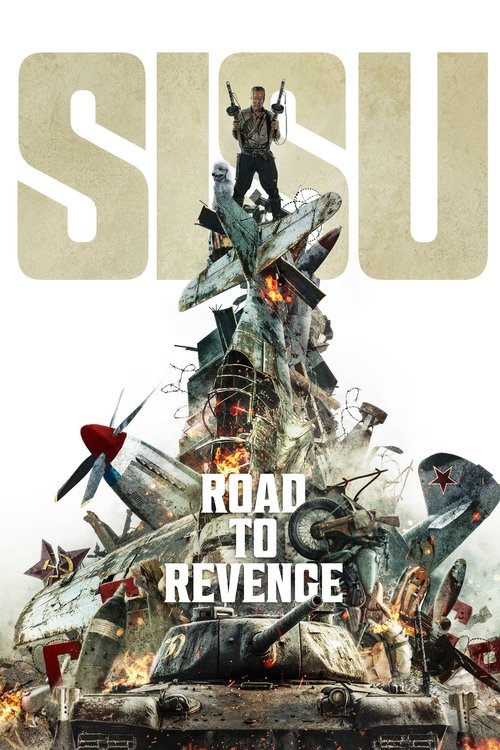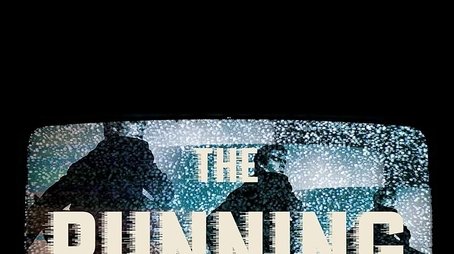
Ask Your Own Question
What is the plot?
The film opens in the rain-swept port town of Barranca, a remote South American outpost where Geoff Carter runs the local air-mail operation. Carter presides over a ragged squadron of pilots whose lives revolve around keeping a string of deliveries unbroken. The company's survival turns on one condition: if Carter manages six months without a single missed delivery, he earns a lucrative government contract that will secure his outfit's future. He moves among hangars and muddy airstrips, issuing orders, patching planes, and arguing with men who have seen too many bad runs.
A passenger liner pulls into the harbor and a woman, Bonnie Lee, disembarks during a brief stop. She watches the pilots talk and work and, drawn to the reckless glamour of the flyers, lingers in town longer than she intends. Bonnie takes an immediate romantic interest in one of the pilots and decides to stay in Barranca, letting her ship sail without her. Her early impression of Carter is hostile: she interprets his detached posture and managerial authority as cowardice, convinced that he sends his men into lethal weather while remaining safely on the ground. Carter answers her accusations with measured silence; he keeps the operation running and does not court her.
The flying life in Barranca grows harsher as the six-month deadline approaches. Bad weather arrives in persistent bands of fog and tropical storms that funnel through the mountain pass the pilots must cross. Men fall ill, others are injured on the job. One of Carter's pilots does not return from a run: his mail plane goes down and his body is recovered from the wreckage, the aircraft broken on a mountainside. The loss of that man thins the roster and heightens the urgency of meeting the contract requirement. Carter meets with the remaining pilots; he calculates flight schedules, checks instruments, and balances risk against the necessity of keeping every delivery on time.
In this climate of desperation, a stranger arrives at Carter's office using the name MacPherson. Carter, short of pilots and pressed by the calendar, hires him despite unease among the crew. The other flyers react with open hostility. They know the alias hides a reputation: the newcomer is really a man they loathe for a past act of apparent cowardice -- on an earlier flight, he parachuted out of his plane and a brother of one of the men died in that crash. The pilots remind Carter of that history, calling MacPherson a deserter. Carter tolerates the complaints because there is no practical alternative; with crews depleted he must accept anyone who can keep the operation moving.
MacPherson's presence also complicates Carter's personal life because his wife, Mrs. MacPherson, is an old flame of Carter's. The woman's history with Carter adds tension to the hangar; old passions and resentments flash in conversations at the bar and in the loading sheds. Bonnie continues to pursue Carter socially and romantically, but he remains guarded and reticent to reciprocate. At times she taunts him, accusing him of sending men to their deaths; at others she watches him as he prepares to take the controls himself. Carter's manner gives no easy reassurance.
One of the pilots, nicknamed Kid, is a fixture at the field. He no longer flies because sight is failing; doctors tell him his vision is going. He occupies himself with ground duties, remembering the days he took to the air. Kid possesses a small, obvious vice: a coin trick that has earned him free drinks for years -- he keeps a coin with two heads and uses it when the mood and the stakes are right. He nurses bitterness about the death of his brother in the past crash that all blame MacPherson for; that old wound makes him vocal in his hatred for the newcomer.
On the final day of the six-month run the weather collapses. Fog thickens across the mountain pass, swallowing ground references and hiding dangerous updrafts. The pilots and mechanics gather around a new plane the company has recently acquired; they have reason to hope this more powerful craft can fly over the mountains instead of threading the pass, shortening the route and avoiding the worst of the low-hanging mist. The men debate the wisdom of sending any aircraft out at all. MacPherson volunteers to take the new plane on the run. Kid, desperate to feel the sky again and unable to accept permanent grounding, begs to ride along as an observer. He cannot command the controls, but he wants to be in the air one more time.
Kid and Carter flip a coin to settle whether Kid can go. Carter grabs the coin reflexively, and sees that it is rigged -- both faces show heads. Kid has used that trick for years to get favors, and Carter recognizes it. Carter could call him out and refuse, but instead he hands the coin back, allowing Kid to win the toss and join MacPherson on the flight. The plane lifts into mist and climbs toward the cloud deck above the pass.
As the aircraft pushes into the thickened air a flock of large tropical birds suddenly appears. The plane collides with the birds and suffers catastrophic damage: one engine is knocked out by the impact, and a bird slams through the windshield. Glass and feathers rain into the cockpit and a bird's body strikes Kid with brutal force. He suffers severe injuries to his head and chest. The aircraft, now compromised and with instruments affected by impact, loses altitude. MacPherson struggles with the controls and assesses that the disabled engine and structural damage make a standard landing all but impossible.
Kid, bleeding and knowing his time is limited, tells MacPherson to bail out and save himself. He insists there is no way to land the plane safely and urges MacPherson to use a parachute. The request cuts to the heart of everyone's fear and memory: it rekindles the accusation that MacPherson abandoned Kid's brother in a prior disaster by parachuting away. MacPherson turns and refuses. He answers, voice taut, "That is what your brother said, and I never lived it down." He takes no parachute himself. Instead, he fights the failing controls, searching for a place to set the plane down.
MacPherson brings the damaged aircraft down in a controlled crash landing on a sloping stretch of scrub near the town. He manipulates the damaged fuselage, feathering the remaining engine and easing the plane to a halt with as little further violence as he can manage. The landing rips wings and tears fabric; the undercarriage collapses; metal scrapes dirt. Emergency responders and the other pilots run to the scene. They pull Kid from the wreckage; he breathes shallowly. MacPherson climbs out bleeding but alive. The wreck smolders and creaks.
Kid's injuries are mortal. While medics work, Kid gathers strength enough to speak. He addresses the men assembled, and he says what has been waiting in the air for years: he clears the record about the earlier crash. Kid tells the others the truth about MacPherson's conduct in that prior flight and confirms MacPherson's courage in the present instant. He absolves MacPherson of the charge of cowardice; he acknowledges that circumstances in the earlier accident did not reflect a selfish act but had complications that the rumor mill had turned into betrayal. With those words spoken, Kid's breathing slows; his heart fails. He dies in the arms of his comrades, the finality of his death sharpening every face that bends around him.
News of the crash and Kid's death ripples back to the airfield where Carter works. The six-month deadline still stands; despite the wreck, one delivery remains to meet the condition for the contract. With pilots down and ships damaged, Carter shoulders the final responsibility himself. He goes to preparations for a single, decisive flight: he inspects the instruments, checks fuel loads, and accepts that he will pilot the run that secures the company's future. The men around him look on flattened by loss yet galvanized by necessity.
Before Carter climbs into his plane he has a short, charged exchange with Bonnie. She stands near the hangar as he straps himself into the cockpit. She asks him, plainly, whether he wants her to be waiting when he returns. Carter takes a coin from his pocket and flips it casually. The coin comes up heads, which in the simple wager they have made means she should stay. Bonnie, offended that he would leave such an important choice to a flip of chance, turns angrily and walks away. Carter calls after her and, without a word, he hands her the coin.
Bonnie holds the coin and, still steaming, storms back to the shelter of the docks. When she examines the metal she notices something she had not expected: both sides of the coin show heads. The discovery settles across her face like precipitation. She realizes that Carter's coin flip was never a matter of indifference; he had wanted her to remain. She allows herself a small, private smile. The smile is the only outward sign she gives before the plane lifts off.
Carter taxis his aircraft down the sodden runway and, with engines howling, climbs into cloud. He pilots through the same fog that threatened to strand the company, holds the controls steady against turbulence and crosswinds, and navigates the mountain passes as the chronometer of his contract ticks past the six-month mark. The camera follows him as he cuts the sky, transmits his position, and completes the mail delivery. On return to Barranca his plane wheels onto the field; his crew and the remaining pilots wait, watching as he brings the aircraft to a stop.
Bonnie is there on the airstrip when Carter disembarks. She watches him climb down from the cockpit, pauses as the men gather, and then steps forward. The two of them meet among the mechanics and the broken wings left over from the crash. Carter hands her nothing more than his quiet presence; Bonnie returns his look, the double-headed coin folded into her palm. Outside the hangar, the town breathes its own damp, relieved breath. The surviving pilots, hardened and tired, wrap covers over wrecked planes and set about the work of repairs.
The film closes on that moment of arrival and reunion. Carter stands by as the men begin unloading the mail. Bonnie watches him with the coin in her fist and gives a brief, assured smile that signals she will wait for him. The camera holds on their faces as the storm clouds gather and thin above Barranca, and the credits roll after Carter and Bonnie remain together on the field while the other pilots disperse to tend to engines and wounds.
What is the ending?
Is there a post-credit scene?
What are the main relationships explored in the story of I Only Rest in the Storm?
The story focuses on the complex and intimate relationships between Sérgio, a Portuguese environmental engineer, and two locals: Diára, a fierce local woman, and Gui, a free-spirited, queer Brazilian man. Their interactions reveal tensions shaped by neo-colonialism and identity.
How does the film address the theme of neo-colonialism?
The film explores neo-colonialism by portraying Sérgio as a white Portuguese man in Guinea-Bissau, a former Portuguese colony, whose presence and work hold significant power. It highlights how the colonial past continues to shape present social dynamics, with characters confronting issues of race, identity, and power.
What role does Sérgio's environmental engineering project play in the story?
Sérgio is commissioned to conduct an urgent environmental impact assessment for a road project between the desert and the forest. While this project serves as a plot device, the film uses it mainly to explore broader themes of power, colonial legacy, and community dynamics rather than focusing on the technical details of the project.
How are issues of race and identity portrayed through the characters?
Race and identity are central to the story, with Sérgio's whiteness contrasted against the local population and Gui's Brazilian Black identity. The film includes moments where characters confront and question these identities, such as Gui's comment 'He colonised, I was colonised,' and the social tensions that arise from these histories.
What is the significance of the interactions between Sérgio, Diára, and Gui?
Their interactions symbolize the complex legacies of colonialism and globalization. Diára and Gui's relationship with Sérgio is marked by power imbalances and cultural tensions, including a bet about Sérgio's romantic interest in Gui, which underscores themes of manipulation, identity, and belonging within a post-colonial context.
Is this family friendly?
The movie "I Only Rest in the Storm" (2025) is not explicitly marked as family-friendly. Given its themes and content, it may include mature topics and scenes that could be objectionable or upsetting for children or sensitive viewers. Here are some potential concerns:
- Mature Conversations: The film features frank and expository conversations that include social criticism, which may not be suitable for young audiences.
- Thematic Intensity: The movie explores complex themes, possibly including elements of colonialism, environmental issues, and social dynamics, which could be challenging for some viewers.
- Visual and Sensual Content: There is a mention of a memorable threesome scene, which indicates that the film includes adult content.
- Emotional Impact: The film's slow pace and thematic explorations might create an emotionally intense experience, potentially affecting sensitive viewers.
Overall, while specific details are not provided, the nature of the film suggests it may not be suitable for all ages due to its mature themes and content.

